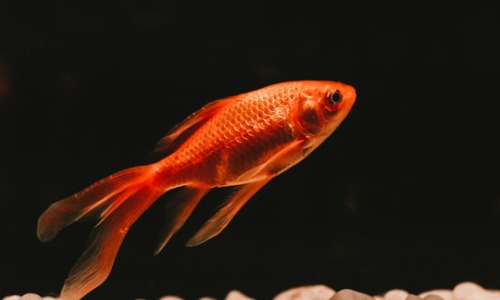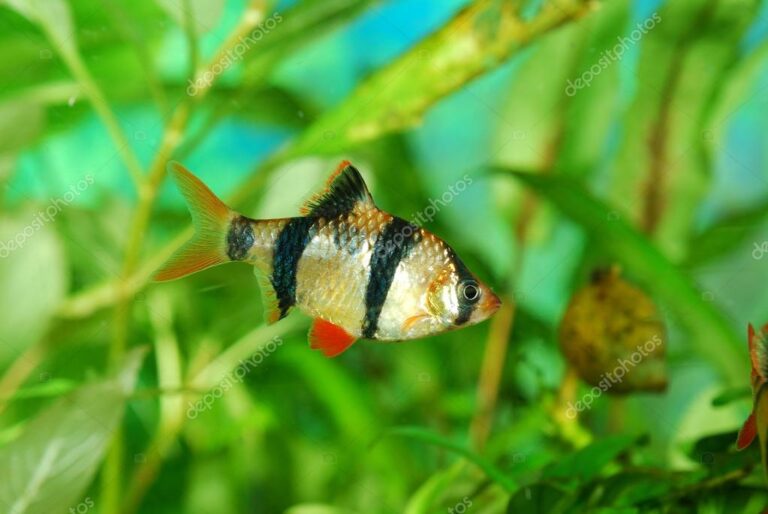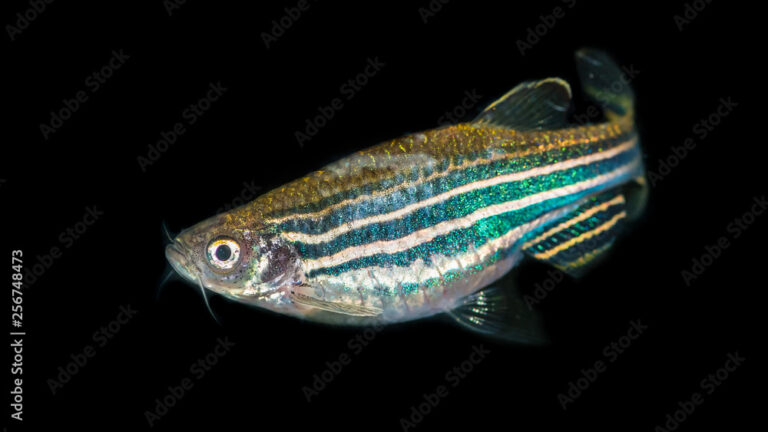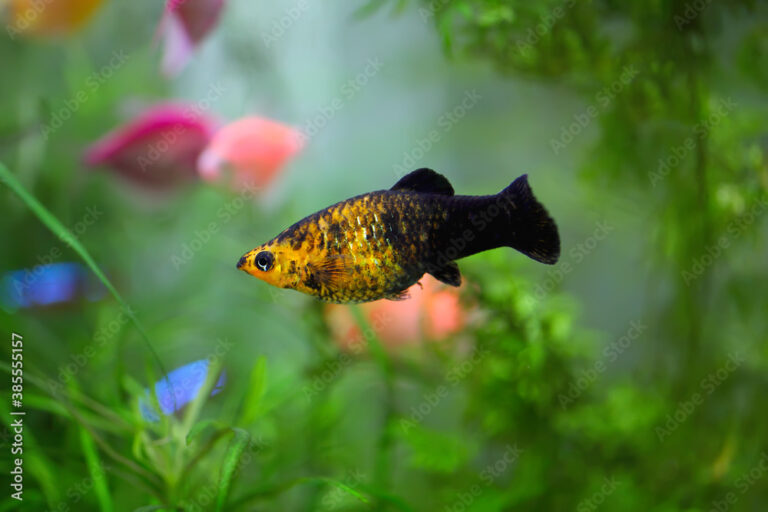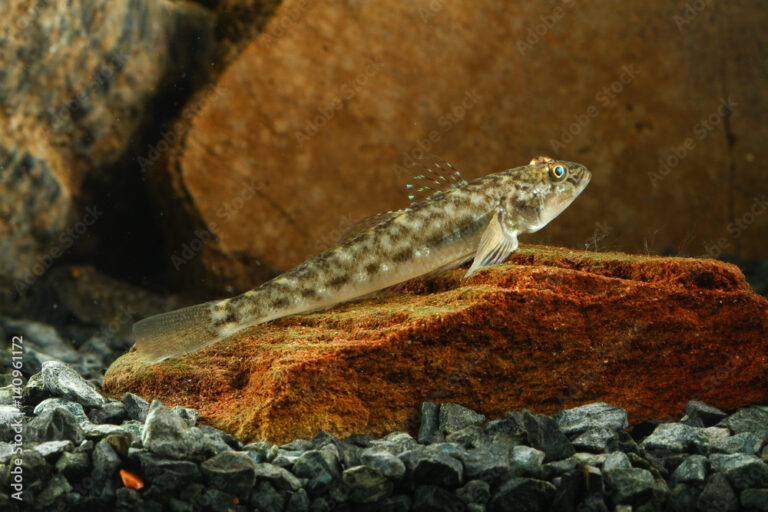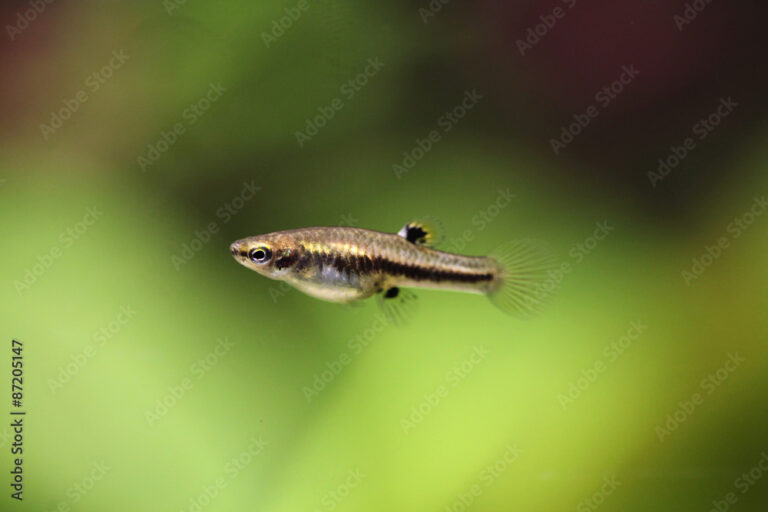Goldfish as Freshwater Favorites: A Comprehensive Guide for Hobbyists

Goldfish have held a prominent place in the hearts of fishkeepers for centuries, captivating us with their vibrant colors, graceful movements, and unique charm. But as simple as these delightful creatures may seem, properly caring for them demands more than just placing them in a bowl. Goldfish are fascinating freshwater fish with specific needs that must be met to ensure they thrive in captivity.
Whether you’re a new hobbyist or a seasoned aquarium enthusiast looking to expand your knowledge, this guide will walk you through everything you need to know—goldfish varieties, tank setup, feeding tips, common diseases, and even breeding.
“Goldfish keeping is more than just a hobby, it’s a rewarding experience that teaches patience and responsibility.” – Dr. Emily Carter, Marine Biologist
Let’s explore what makes goldfish the freshwater favorites they are and how you can care for these stunning fish like an expert.
Understanding Goldfish Varieties and Characteristics
One of the most exciting aspects of goldfish is the sheer variety they offer. Originating from the Prussian carp over 1,000 years ago, goldfish have been selectively bred into countless shapes, sizes, and colors. Here’s a quick overview of popular goldfish types you’ll encounter as a hobbyist:
Common Goldfish
- Appearance: Sleek body, vibrant orange, red, or yellow scales
- Care Level: Beginner-friendly
- Behavior: Active swim patterns, hardy
Fancy Goldfish
- Appearance: Rounded bodies, flowing fins, unique features like hoods or telescope eyes
- Care Level: Intermediate—more delicate than commons
- Varieties:
- Oranda: Known for their “wen” or head growth.
- Black Moor: Recognizable by their velvety black color and protruding eyes.
- Ranchu: Features a rounded shape and no dorsal fin.
Comet Goldfish
- Appearance: Streamlined body with long, flowing tail fins
- Care Level: Beginner-friendly but needs ample tank space due to active nature
- Behavior: Very fast swimmers
Goldfish may look different, but nearly all varieties share core needs, requiring you to set up a proper environment to thrive.
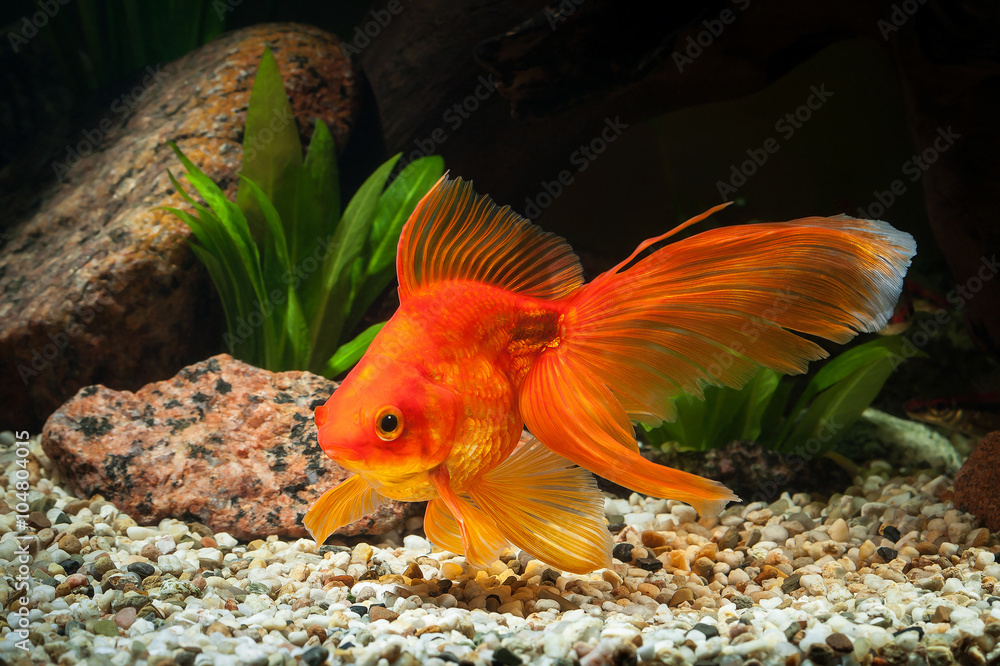
Setting Up the Ideal Goldfish Aquarium
Setting up a goldfish tank involves more than filling it with water and decor. Goldfish are large, messy fish requiring spacious and well-maintained habitats. Here’s how you can create the perfect goldfish environment.
Tank Size
Goldfish need room to grow and swim. A common beginner mistake is selecting bowls or small tanks that limit their movement.
- Minimum size: Tanks should be at least 20 gallons for the first goldfish and an additional 10 gallons per additional fish.
- Why so big? Goldfish can grow up to 6–12 inches depending on their type, and their waste production requires a larger water volume to dilute toxins.
Filtration and Water Quality
“Proper filtration and regular water changes are crucial for maintaining a healthy goldfish environment.” – Jane Smith, Aquarium Store Owner
Because they’re notorious waste producers, goldfish require excellent filtration systems. Consider a filter rated for at least twice the volume of your tank. Perform partial water changes weekly (around 20–30%) to keep nitrate levels low.
Decor and Substrate
Goldfish love exploring their surroundings, but their delicate fins and curious behavior mean certain rules apply.
- Opt for smooth stones or fine sand for substrate to prevent injuries.
- Incorporate plants like Java Fern and Anubias, but avoid fragile species they might nibble.
Lighting and moderate aeration will complete the setup, ensuring a healthy and stimulating environment for your finned friends.
Goldfish Diet and Nutrition
A healthy, happy goldfish starts with proper nutrition. Goldfish are omnivorous and require a varied diet to support their growth, vibrancy, and long-term health.
“A varied diet, including high-quality flakes and live foods, is essential for goldfish health and vibrancy.” – Peter Jones, Goldfish Breeder
What to Feed Your Goldfish
- Staple Foods:
- High-quality flakes or pellets formulated for goldfish
- Treats:
- Blanched vegetables like spinach or peas (helps with digestion)
- Live or frozen foods like brine shrimp, bloodworms, or daphnia
- Feeding Frequency:
- Twice daily in small amounts they can consume in two minutes
Avoid overfeeding, as uneaten food can lead to water quality issues.
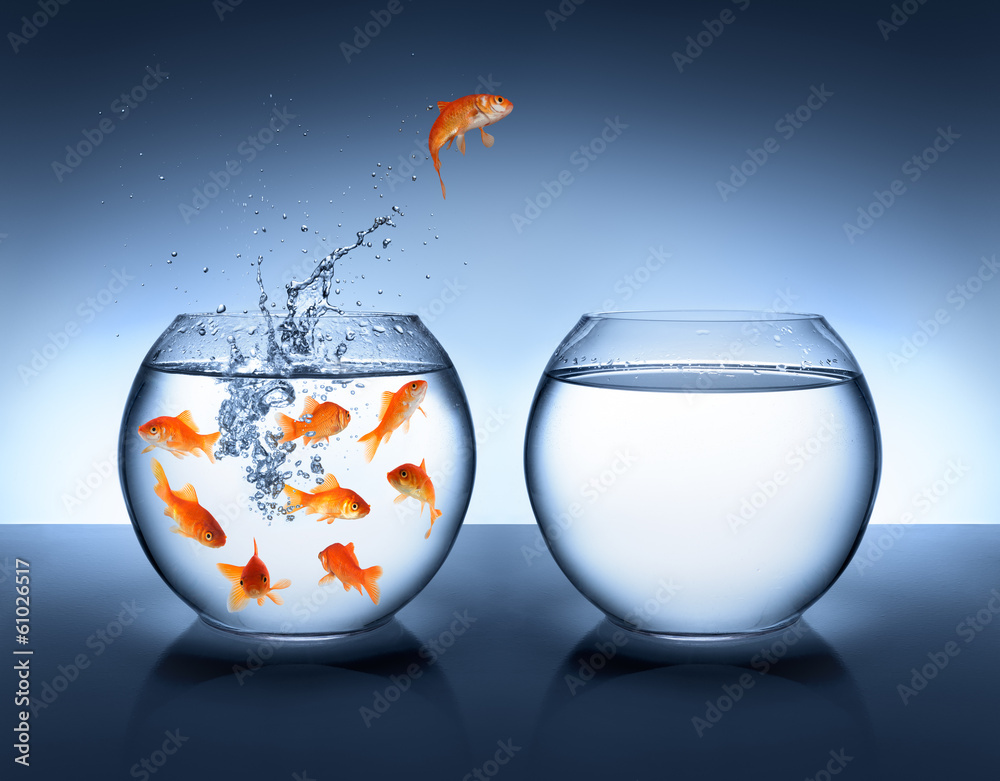
Common Goldfish Diseases and How to Treat Them
Even with top-notch care, goldfish may occasionally fall ill. Watch for these common issues and know how to address them early.
Common Goldfish Diseases
- Ich (White Spot Disease):
- Symptoms: White spots on body
- Treatment: Increase water temperature gradually and use anti-ich medication.
- Swim Bladder Disease:
- Symptoms: Erratic swimming, floating upside down
- Treatment: Feed peas to eliminate constipation and improve tank conditions.
- Fin Rot:
- Symptoms: Frayed fins with white edges
- Treatment: Improve water quality and treat with antibacterial medication.
Proactively maintaining excellent water quality and a stable tank environment can significantly reduce the risk of disease.
Breeding Goldfish: A Comprehensive Guide
Breeding goldfish is a rewarding experience for advanced hobbyists. With the right preparation, patience, and environment, you’ll soon see the next generation of your finned friends.
Setting Up for Breeding
- Designate a separate breeding tank (at least 20 gallons).
- Add suitable spawning material like soft plants or breeding mops.
Spawning Process
- Male goldfish will chase females during spawning, encouraging egg-laying.
- Eggs are adhesive and will cling to plants or decor. Remove adults to prevent them from eating the eggs.
Raising Fry
- Feed fry with specialized fry food or infusoria.
- Gradually introduce flakes or finely crushed pellets as they grow.
Breeding goldfish is both an art and a science, teaching you more about these captivating creatures with every step.
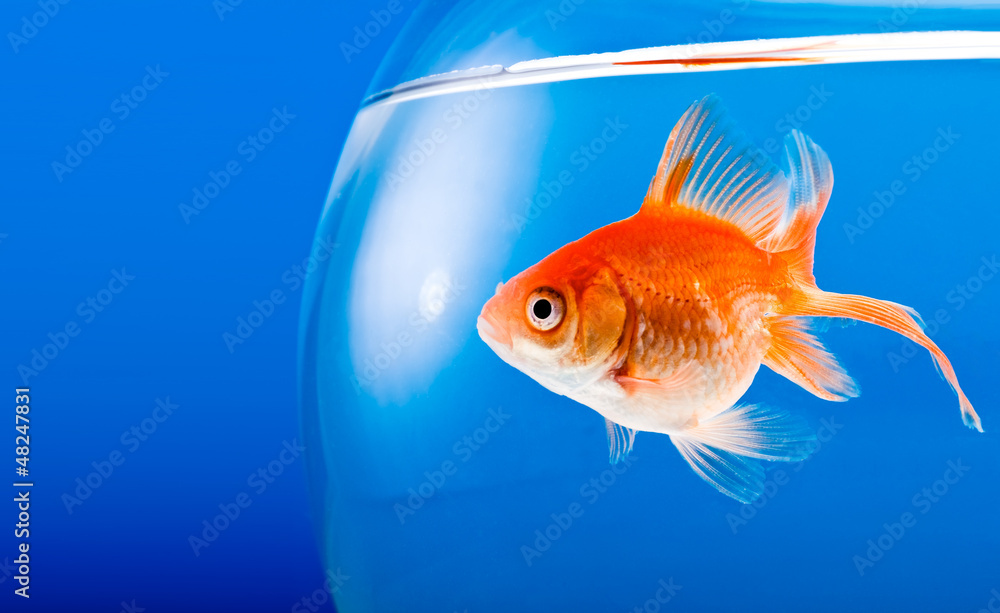
Sustainable Goldfish Keeping
Caring for goldfish combines the joys of observing their beauty with the responsibility of providing them with a proper environment.
“The key to a thriving goldfish aquarium is understanding their specific needs and creating an environment that mimics their natural habitat.” – John Doe, Aquarium Hobbyist
Commit to their wellbeing by acclimating to goldfish care best practices, experimenting with different varieties, or even trying your hand at breeding. With dedication and care, goldfish keeping can be a hugely fulfilling hobby, offering you a unique window into the underwater world.
Do you have questions or want help with your own aquarium setup? Share your thoughts in the comments or connect with other enthusiasts to exchange ideas.

